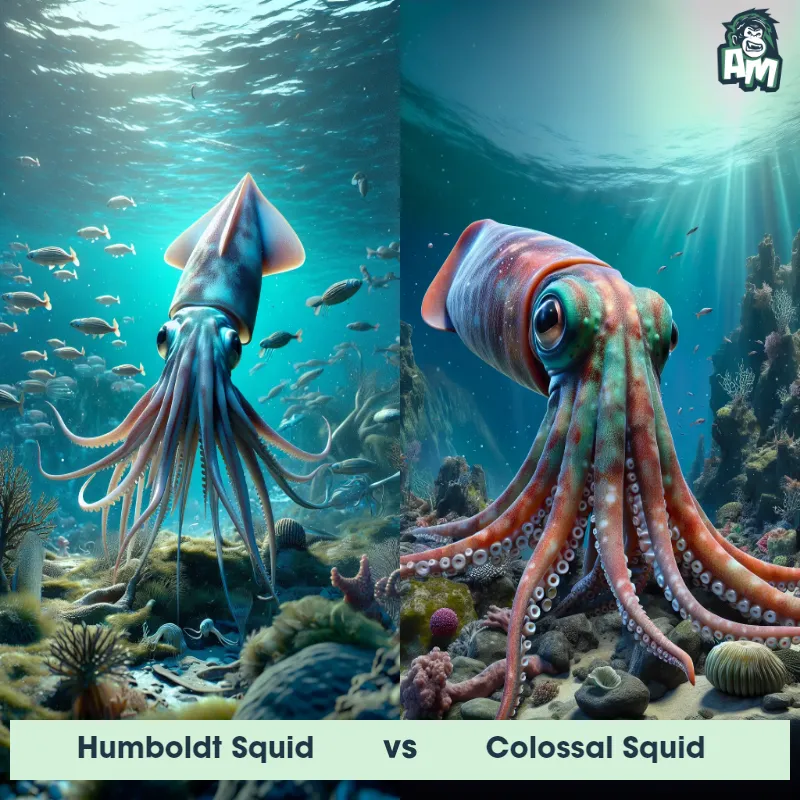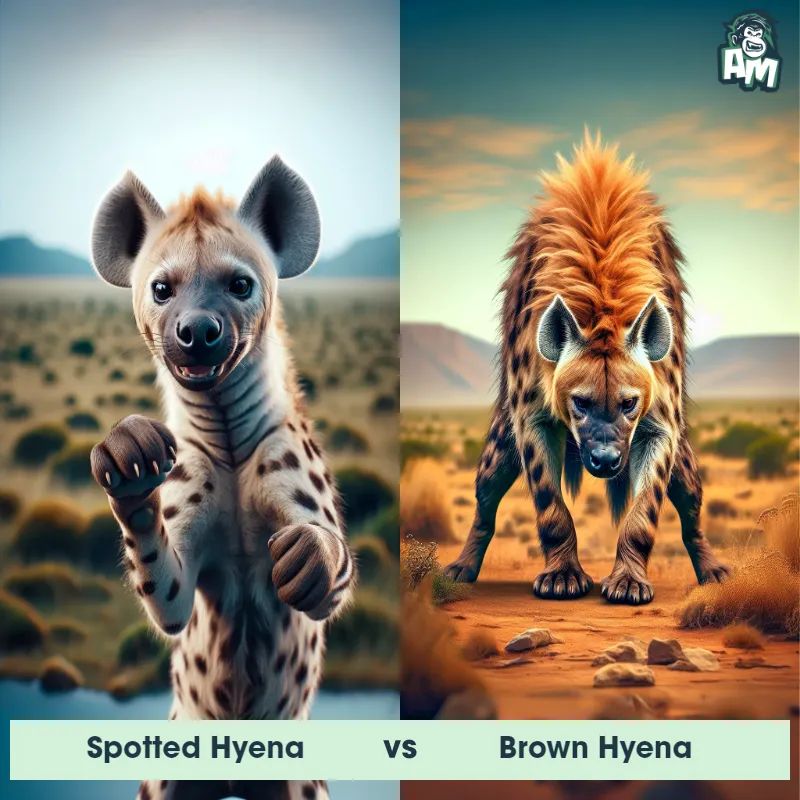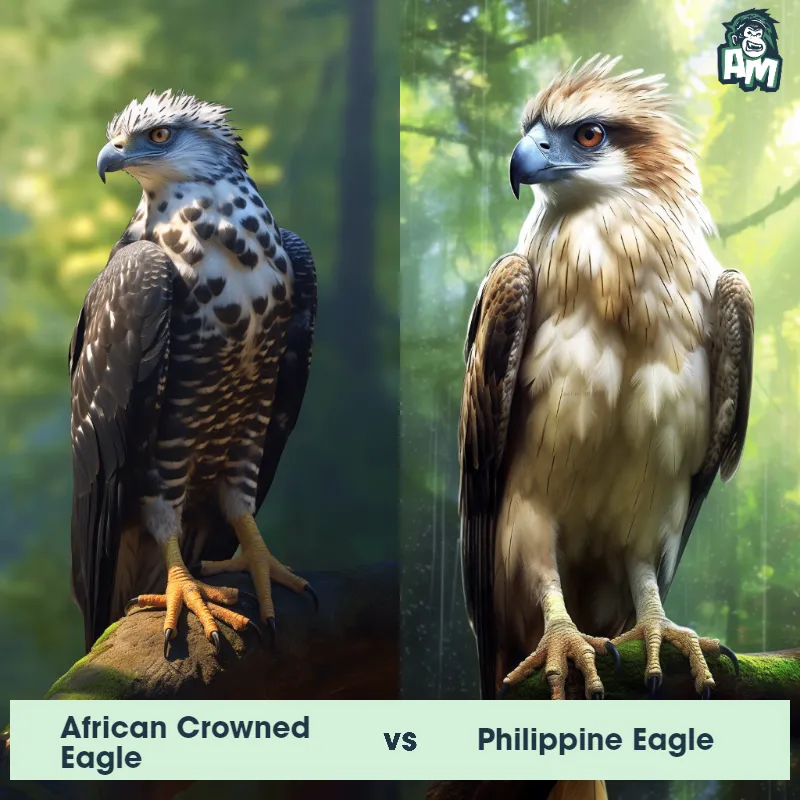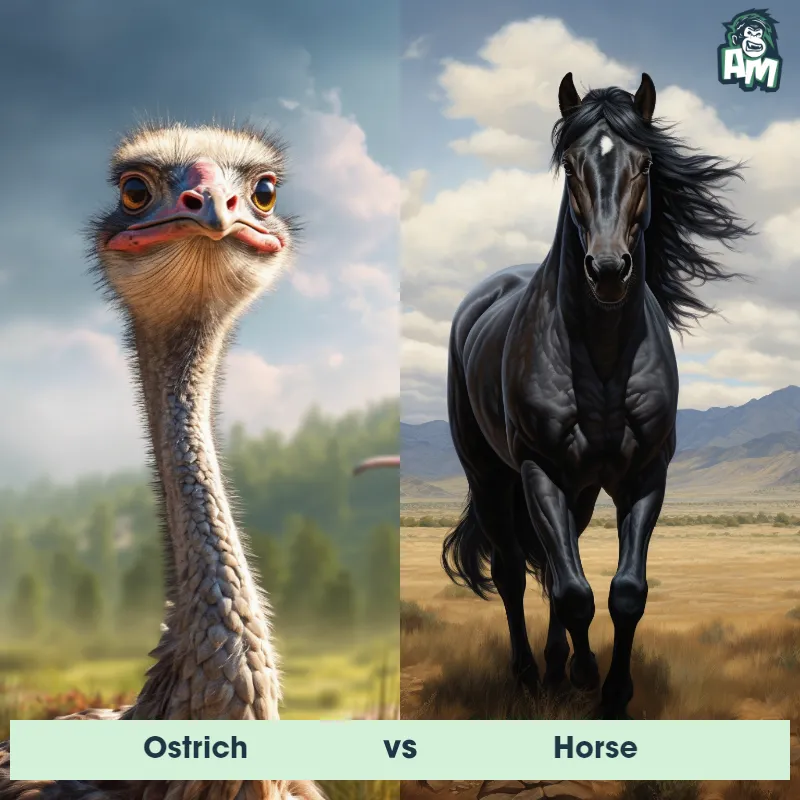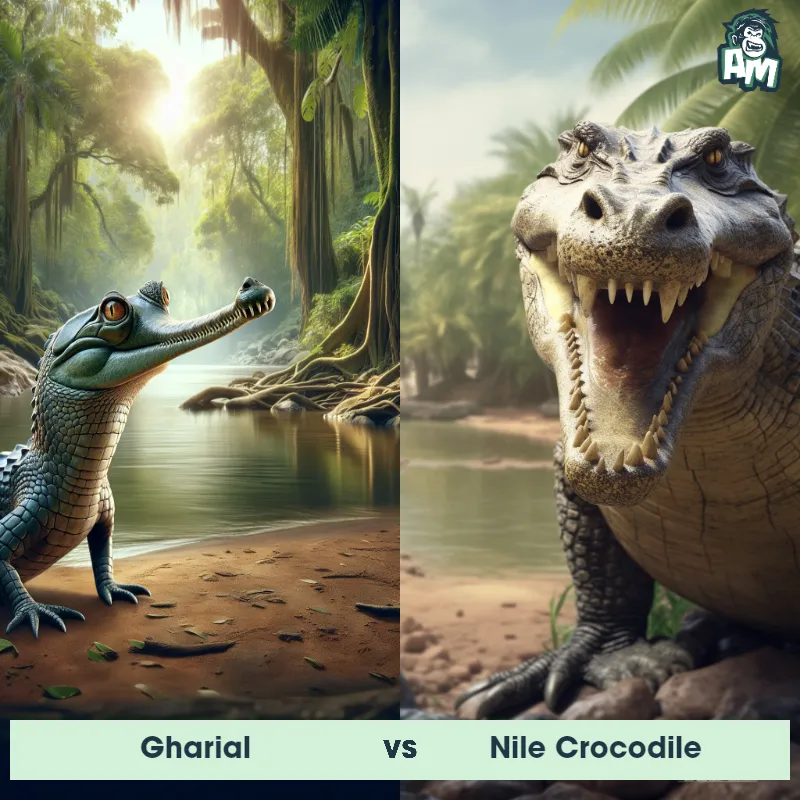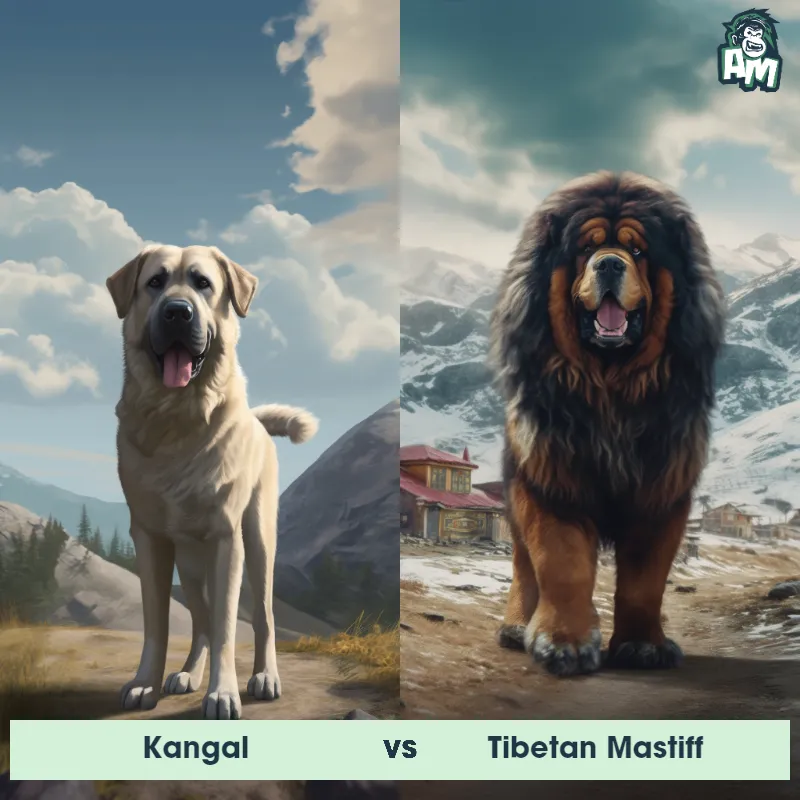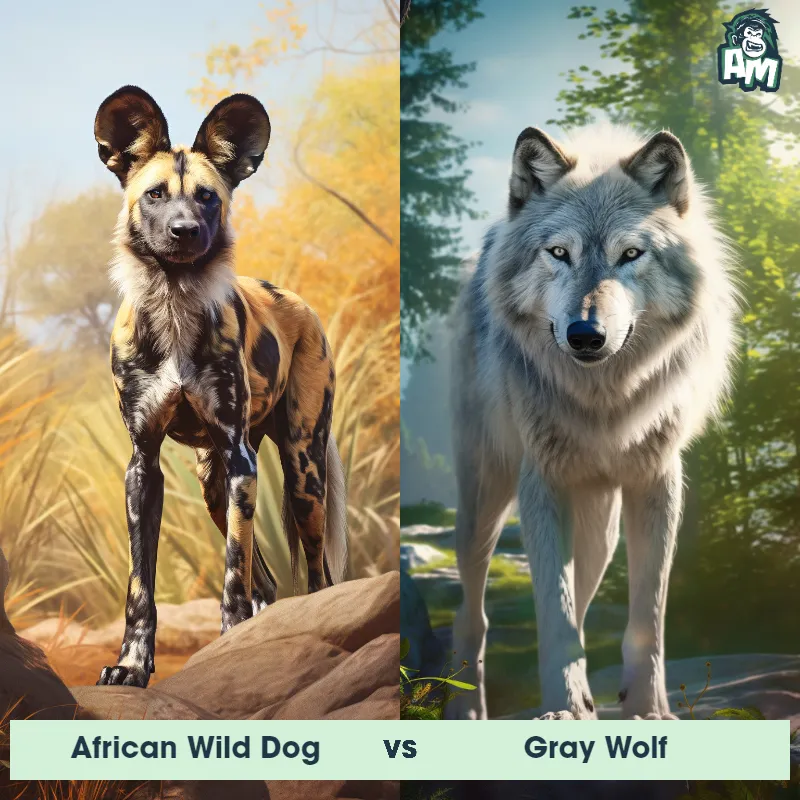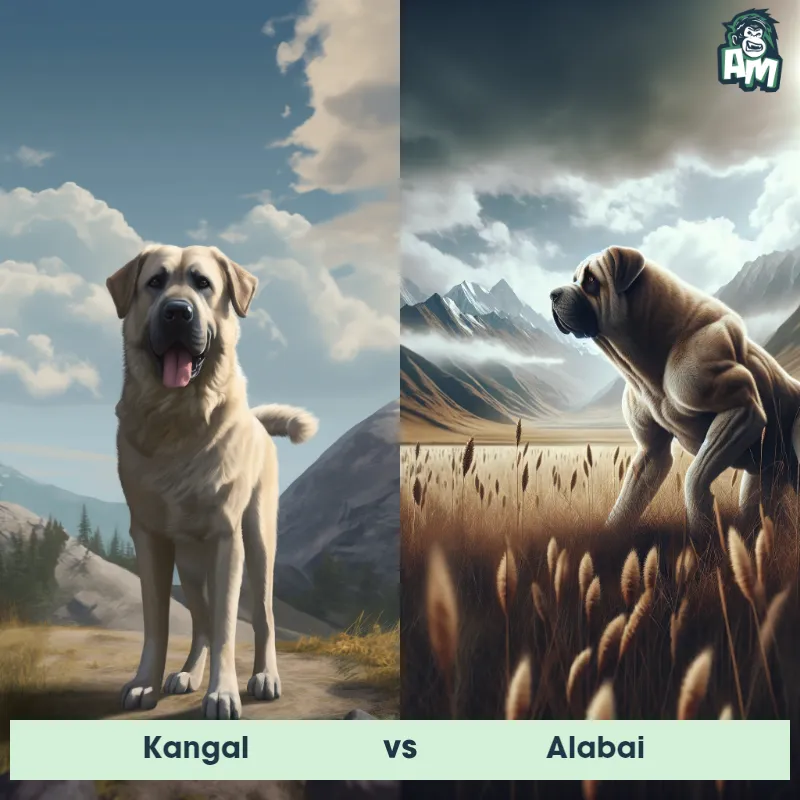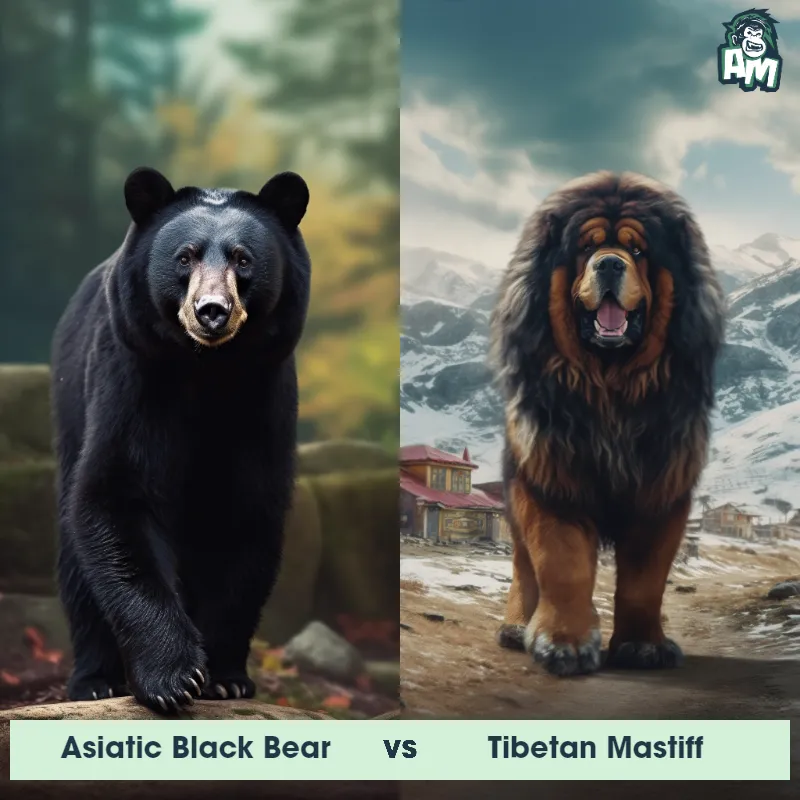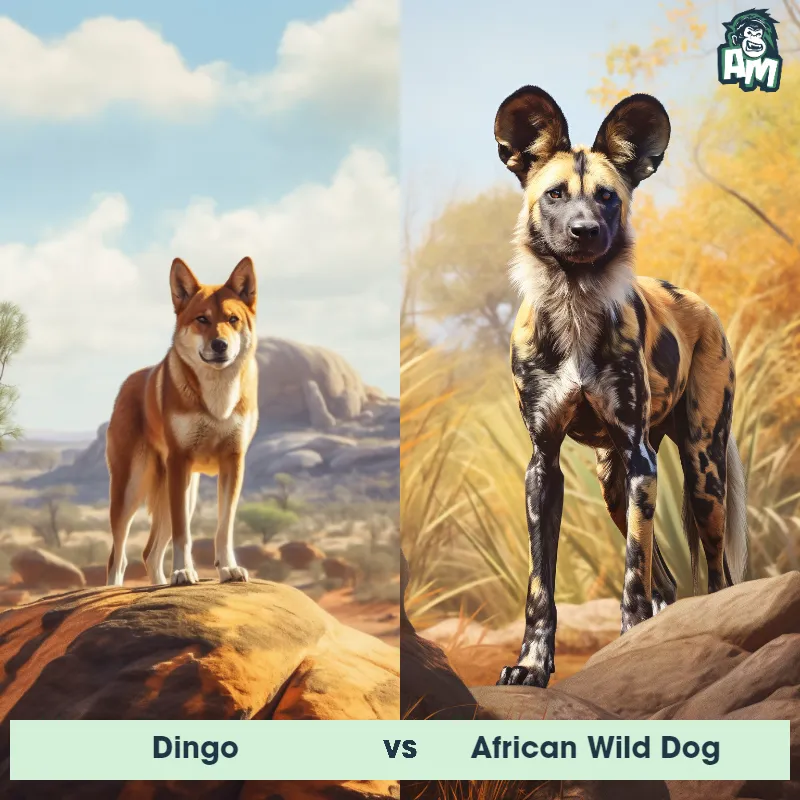Snow Leopard vs Arctic WolfSee Who Wins

Ladies and gentlemen, welcome to this thrilling matchup between two of the most formidable creatures in the animal kingdom. In this corner, we have the graceful and elusive Snow Leopard. And in the opposite corner, we have the cunning and powerful Arctic Wolf. It's a battle of strength, agility, and survival instinct. Let's see who will prevail in this epic clash!
Contender 1: Snow Leopard
The Snow Leopard, also known as the "Ghost of the Mountains," is a large cat native to the mountain ranges of Central and South Asia. They have a thick, grayish-white fur coat with black spots that helps them blend into their snowy habitat. Snow Leopards have powerful legs and can jump up to 50 feet in one leap. They are also known for their long, bushy tails that help them maintain balance while navigating steep terrain.
Fun Fact: Snow Leopards are excellent climbers and can scale steep cliffs and rocky terrain with ease, thanks to their powerful legs and large paws that act like natural snowshoes.
Contender 2: Arctic Wolf
The Arctic Wolf Canis lupus arctos is a subspecies of gray wolf that inhabits the Arctic regions of North America and Greenland. These majestic creatures have adapted to survive in the harsh Arctic environment with their thick white fur, which acts as camouflage in the snowy terrain. They have smaller bodies compared to other wolf species, with an average weight of 75-100 pounds. Arctic wolves are well-known for their incredible ability to endure extreme temperatures as low as -50°C. Their keen sense of hearing and smell, along with their strong, muscular build, makes them highly effective hunters.
Fun Fact: The Arctic Wolf's fur is not actually white, but made up of hollow, transparent hairs that scatter and reflect light, giving them the appearance of being white, and allowing them to blend with the snowy landscape.
Matchup Stats
| Snow Leopard | Arctic Wolf | |
|---|---|---|
| Size | 2-2.5 feet (60-75 cm) at the shoulder | Height: Up to 30 inches (76 cm) / Length: Up to 5 feet (1.5 meters) |
| Weight | 60-120 pounds (27-54 kg) | 75-100 pounds (34-45 kilograms) |
| Speed | Speed: 40 mph (64.37 km/hr) | 46mph (74km/h) |
| Key Strength | Powerful legs and sharp claws | Strong bite force and endurance |
| Biggest Weakness | Vulnerable to larger predators | Less aggressive compared to other wolves |
Current Votes
Snow Leopard vs Arctic Wolf
See Who Wins
View More Matches
Looking For More?
Similar Matches
Scientific Stats
| Snow Leopard | Arctic Wolf | |
|---|---|---|
| Scientific Name | Panthera uncia | Canis lupus arctos |
| Family | Felidae | Canidae |
| Habitat | Mountain ranges | Tundra and Arctic regions |
| Geography | Central and South Asia | North America and Greenland |
| Diet | Mainly wild sheep and goats | Carnivorous, mainly preying on musk oxen, Arctic hares, and caribou. |
| Lifespan | 10 years - 12 years | 12 years - 18 years |
Key Differences between Snow Leopard and Arctic Wolf
- Facial Features: The Snow Leopard exhibits a rather flat facial profile with small ears and a distinctively short and broad muzzle. In contrast, the Arctic Wolf's face presents a more pointed muzzle, prominent ears, and a forehead adapted to insulation against the cold.
- Tail Length: The Snow Leopard boasts a relatively long and thick tail, measuring around 80 to 105 cm (31 to 41 inches), providing balance while navigating steep slopes. Comparatively, the Arctic Wolf has a slightly shorter and bushier tail, typically measuring around 50 to 70 cm (20 to 28 inches).
- Coloration: The Snow Leopard is known for its distinctive pattern of grey or white fur with black rosettes, perfectly blending in with rocky and mountainous terrains. On the other hand, the Arctic Wolf displays a thick white or cream-colored coat, aiding in camouflage within snowy Arctic landscapes.
- Size: The Snow Leopard is smaller than the Arctic Wolf, with an average length of 2 to 2.7 meters (6.5 to 9 feet) including the tail, whereas the Arctic Wolf can be up to 1.8 to 2 meters (6 to 6.5 feet) including the tail.
- Physical Build: Snow Leopards have a long and powerful body, developed for agility and navigating harsh mountainous habitats. Conversely, Arctic Wolves possess a more robust and muscular build, suitable for enduring frigid temperatures and traversing snowy terrains.
- Habitat Range: Snow Leopards are primarily found in high-altitude mountain ranges of Central and South Asia, including the Himalayas, while Arctic Wolves inhabit the Arctic regions of North America and Greenland, with their range extending throughout the polar ice cap.



